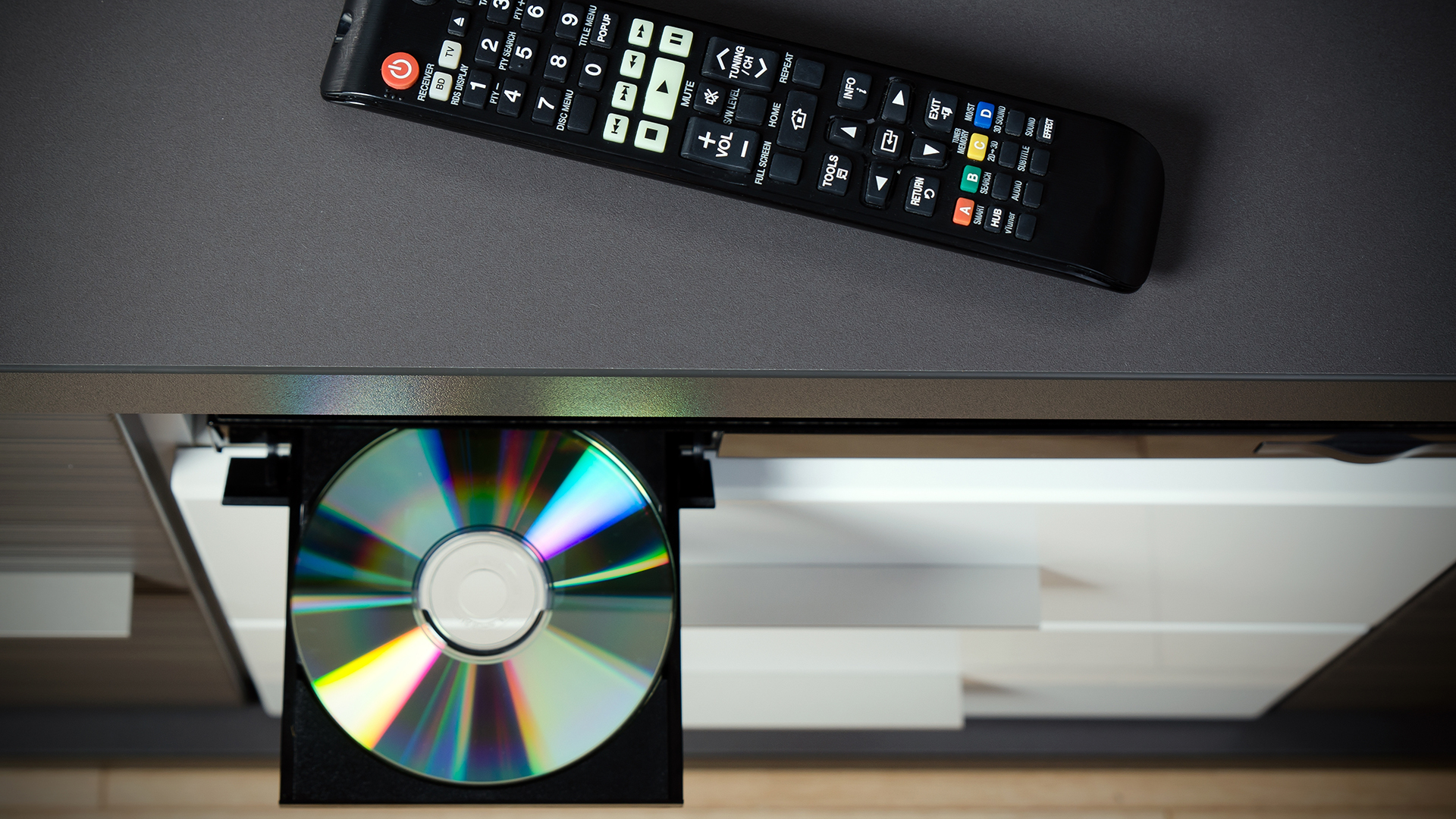It’s hard to believe that Blu-ray has been commercially available for more than a decade and a half at this point in 2022 – and it’s still running unopposed as the HD format of choice.
That’s not to say it’s been easy, though. Since 2006, new content delivery systems have grown. After all, Netflix itself was once a DVD rental service, while Blu-ray had to fight off the challenge of HD-DVD back in its early days.
Does Blu-ray have a future? And what does that look like beyond 2022? In truth, the format seems destined to decline, but it may not be as sharp a drop-off as you’d think. And if you're not ready to wave goodbye to your beloved Blu-rays, then check out our round-up of the best Blu-ray players.
A growing list of competitors
The COVID-19 pandemic may have closed off cinemas, but moviegoers were still determined to watch their movies – without going anywhere.
In January 2021, media analysts DEG reported that digital video sales finally eclipsed physical sales across Blu-ray and DVD in the US – reaching around $3 billion against physical media’s $2.5 billion.
That makes sense at any level given how many were sheltering at home, but in comparison to 2019’s numbers it looks dire for Blu-ray; physical media sales were down 26% from the year before, a hefty decline.
As movie studios looked to recoup some of their spiraling production and marketing budgets, many moved to digital rentals at the same time as theatrical releases – that meant Blu-ray and DVD releases of movies came months after many had seen them at home.
Other studios looked to add value to their streaming services, though, particularly in 2021 as audiences remained hesitant to head back to cinemas. This bolstered Blu-ray’s longest-running opposition – streaming services.
In Q4 of 2021, DEG reported that subscription streaming spending in the US rose by over 19% on 2020’s numbers in the same window.
While Blu-ray had long competed against Netflix, Prime Video, and plenty more, there are new threats including Apple TV+, HBO Max, and plenty more.
Reasons to be cheerful
And yet, there are still many people that will flock to Blu-ray. For one, it’s the only way to own a physical HD copy of a movie you love (don’t forget that DVDs are still standard-definition).
Then there’s a question of quality; Blu-ray will offer superior pictures and sound compared to streaming services that rely on steady connections. It’d be fair to say that your average movie streamed on Netflix or Prime doesn’t look bad, but that it’ll be a little crisper in a physical format.
Then there’s 4K Blu-ray, which ups the bar again and makes things even more compelling for home theater enthusiasts and movie collectors.
Anyone worried about digital rights management (DRM) will also want to keep their favorite movies in physical form – after all, once a movie leaves one streaming service, there’s no guarantee it’ll reappear on another, while many classics still aren’t available digitally yet.
You’re also unlikely to give up your Blu-ray collection (or even DVDs) if your home broadband isn’t of a standard where it can carry a movie to your screen.
Finally, it’s worth noting that gaming, the medium that “Trojan horsed” a Blu-ray player into homes with the PlayStation 3, may just be the thing that keeps it going. PlayStation 5 and Xbox Series X|S consoles, along with their immediate predecessors, are both still using Blu-rays. While games have undoubtedly begun to move into a digital future, small storage drives and expensive expansion options are sure to ensure gamers are ordering disc copies of the latest releases for some time yet.
Discover more guides for tech at home…
Best laptops
Best TVs
Best DVD players
Best cordless phones
Best home computers

